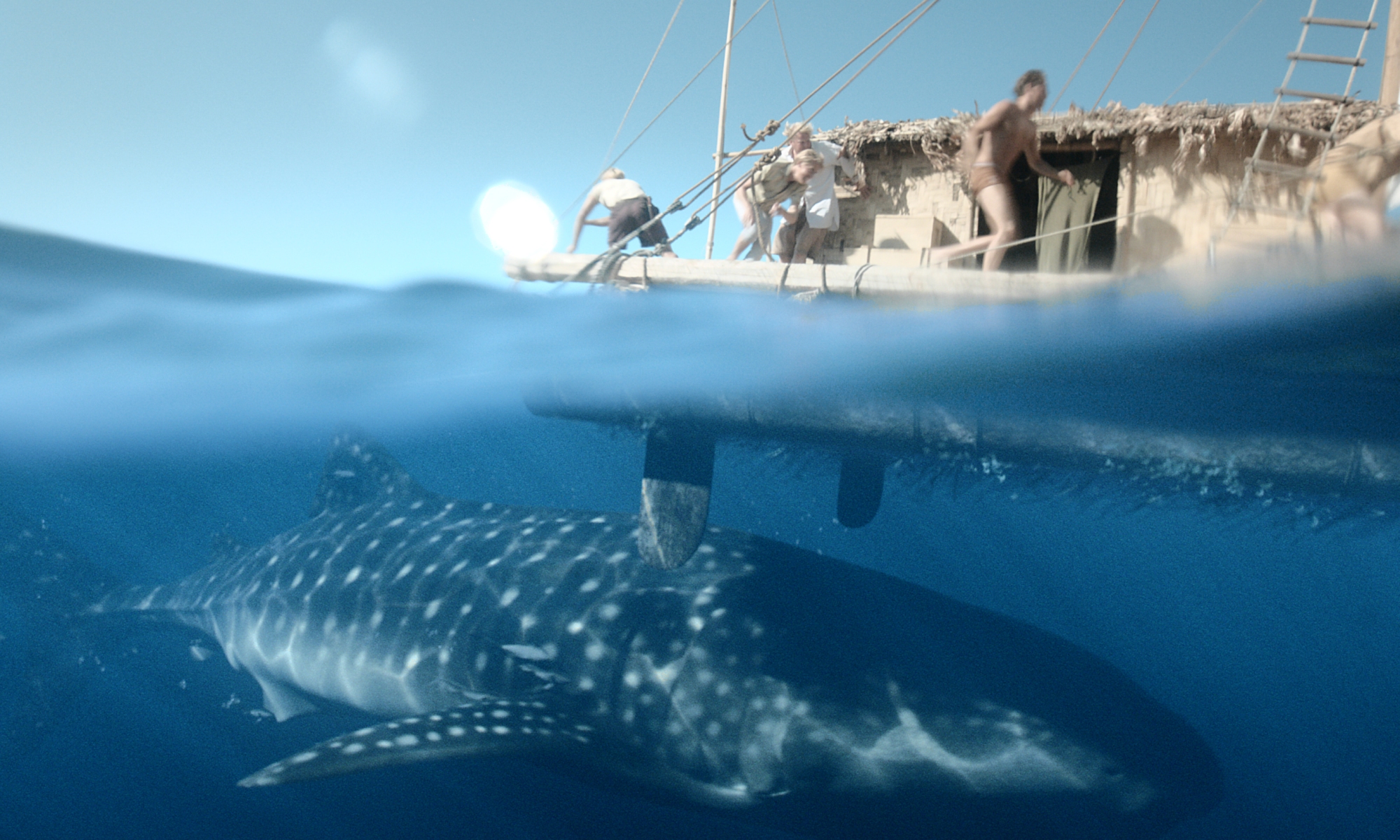David Mermelstein is an AwardsLine contributor. This article appeared in the Feb. 6 issue of AwardsLine.
If one thing links all five of this year’s nominees for the foreign film Oscar, it’s that the director of each picture was driven to make his movie because of strong, deeply personal feelings. These five films—a varied batch if ever there was one—have nothing in common in terms of where and when they are set, but they all deal, unapologetically, with powerful emotions. And those feelings are expressed not only by the characters in these films, but also by their creators.
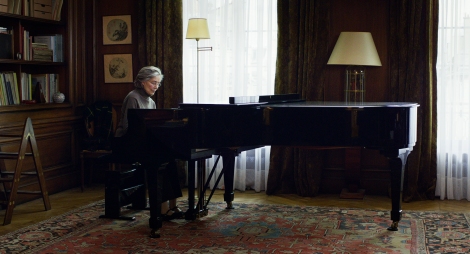
Perhaps the most obviously personal is Michael Haneke’s Amour, which achieved the rare feat of earning best picture and director noms, as well. The film has been cited for, among other things, its unblinking look at the degradations inflicted by illness on an aged couple. The German-born writer-director says that his recollections of a beloved aunt’s increasing infirmity inspired him to make the film. “I was forced to look on as someone very close to me suffered, someone for whom I cared very much,” he says, noting that the specifics of his aunt’s condition were not replicated in the movie. “What’s shown in the film is the product of lengthy research and my imagination.”
Yet one especially chilling aspect of his aunt’s situation—her asking him to assist in her suicide—was strongly echoed in the film. “Of course I had to tell her I was unable to do it,” Haneke recalls, “because I would have been put in jail if I had done it. I was grateful for that alibi, for I don’t know if I would have had the strength to do it otherwise. But she did it anyway, without my help.”
Asked whether he himself—now age 70—worries about a fate similar to that faced by the principal characters in Amour (portrayed with uncanny and moving effect by octogenarians Jean-Louis Trintignant and Emmanuelle Riva, who earned a best actress nomination for the role), Haneke responds wryly and invokes another, very different, master filmmaker. “Billy Wilder was asked a similar question,” Haneke says, “and he responded by saying that the bombardments, so to speak, are coming ever closer.”
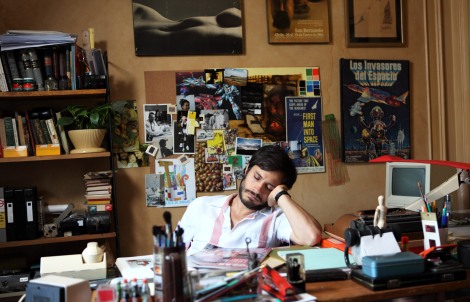
Chilean director Pablo Larrain’s closeness to the subject of his film No is palpable, even though he was only 12 years old when the1988 referendum that removed strongman Augusto Pinochet as president of Chile occurred. His film examines that historic vote from an unconventional perspective—through the eyes of a young marketing executive, played by Gael Garcia Bernal—but the view is no less compelling for its novelty.
“It’s a big shadow for everyone in my country,” Larrain says, referring to Pinochet’s 17-year dictatorship. “We are still quite divided. You cannot avoid it or pretend it never happened. Pinochet died at the end of 2006, not long ago—a free man and rich. He’s a very controversial figure. He really damaged our society and created a lot of pain. You can’t pretend it doesn’t affect you.”
Though Larrain didn’t encounter outright opposition to his unconventional dissection of a delicate subject, his approach did elicit some head scratching in his country. “There were people who were curious why we picked the ad guy’s perspective,” the director acknowledges. “When you do a movie like this, a period movie but not from long ago—and it’s a huge date in my country—everyone has an opinion about it. So we had to deal with walking on eggshells.”
Politics weren’t the issue. “Now most people—nearly 90 percent—would say no to Pinochet, or to another one like him,” insists Larrain, whose choice of protagonist proved more controversial. “Some people felt we were telling this story to the world through the eyes of people who weren’t the most important, but I think the ad guys were important on many levels. Pinochet imposed capitalism on Chile and brought with it the logic of marketing and advertising. So without realizing it, he created the tools that finally pulled him out. And we thought that was fantastic. There were other people who were important in the No campaign, but I’m not sure they would have succeeded without these ad guys, because they made people feel more comfortable about voting no.”
Larrain offers an unexpected analogy to explain his film’s foundation. “It’s like ancient Greek tragedy,” he says, noting how Pinochet was, in effect, undone by instruments of his own making. “The more you try to avoid your death, the closer you get to it. What happened with Pinochet is a little Greek story, in my opinion. If they had known, they would have reacted differently. But by the time they knew, it was already too late. It’s a paradox, and we know that works very well in movies.”
Though the director at first maintains that his movie “doesn’t intend to be a political film,” he then allows, “I would understand if somebody thinks so.” Ultimately, he broadens his definition of the term. “Every movie by anyone is political,” he said, “because it has a perspective on human behavior. It could be a comedy or drama, brilliant or not. Movies always have a political point of view somewhere.”
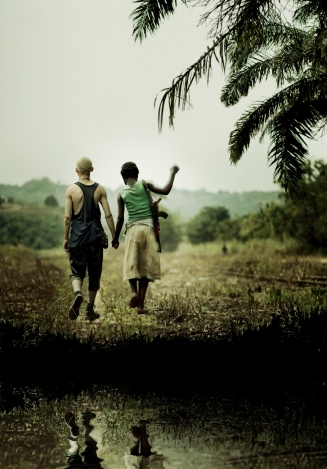
Politics with even more immediate resonance seems to lie at the heart of Kim Nguyen’s War Witch, a French-language Canadian production that focuses on child soldiers in present-day Sub-Saharan Africa. But what motivated Nguyen to spend almost a decade nurturing the project was its humanity. “As I started doing research for the script, it came quite early on that the point wasn’t an educational film but rather a dark poem about 21st-century Sub-Saharan Africa in turmoil,” the writer-director explains.
“I’d seen a lot of movies about Sub-Saharan Africa, and it always ends up as the white man who saves Africa,” Nguyen says. “I thought it was important to give a voice to the forgotten ones, who often find inner strength to survive these horrendous situations—especially women who are child soldiers. About half are girls. And unfortunately the girls are not only soldiers but sexual slaves and forced laborers as well.”
Nguyen immersed himself in research to create his complex characters—often a compelling mixture of childlike innocence and sociopathic brutality—but he didn’t limit himself to the safety of his computer screen. “I went to Burundi and met ex-child soldiers,” he says. “And in the Congo, where we eventually filmed, I saw things like houses built out of abandoned billboards. They’re used for survival, and it creates a whole new postmodern message. The film carries a lot of those symbols of reinvention.”
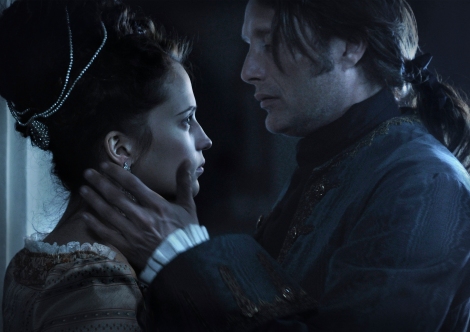
Many Americans might expect the Danish film A Royal Affair to unspool as a dry history lesson—though the movie is more like a political thriller with powdered wigs. But for Nikolaj Arcel, the film’s director and cowriter, the 18th-century story of Dr. Johann Friedrich Struensee, Queen Caroline Mathilde, and King Christian VII remains resoundingly contemporary. Though the forward-looking physician and the good-hearted if naïve royal couple tried and failed to bring reform to Denmark, they paved the way for the next generation to effect lasting change.
“It’s almost impossible not to know this story if you’re from Denmark,” Arcel says. “Every school kid knows it. So it was more a question of getting to a point of where I was mature enough to do the film. I’d been thinking about it for some time. It was a bit of a daunting prospect. I spent a year writing the script and then about four years trying to finance it. So it wasn’t that easy. In fact, I did a whole other film while waiting for financing.”
Germans and Britons had previously filmed the story, but apparently poorly. Yet no Dane had succeeded in getting it to the screen, despite repeated attempts. “A lot of great directors, even idols of mine, had been trying to make it,” Arcel says. “It was sort of like: Let me try and fail like the others. And we almost failed. There were times I felt we’re never going to make this. I was actually quite depressed for a while.”
But Arcel did succeed. The film has done huge business in Denmark and fared extremely well in the U.K., Australia, and France. Arcel had never directed a period drama before, and he owns up to having felt intimated by the prospect. “I was terrified, actually,” he says. He didn’t even have the comforts of home to console him, for re-creating 18th-century Copenhagen proved impossible in 21st-century Denmark, and the Czech Republic had to substitute. What drove him forward were the progressive ideas at the heart of the film.
“I’m a little bit of a political nut,” the filmmaker says. “There are some movements in Denmark and also here in America that are moving away from the Age of Enlightenment. I have quite a liberal viewpoint. I truly believe that every man is equal and should have an equal chance in life. And that’s what Struensee fought and died for, and it’s something we have to keep fighting for—rationality rather than irrationality.”
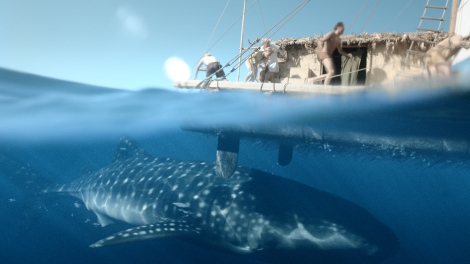
It could be said that the opposite—irrationality over rationality—drives the figures at the center of Kon-Tiki, a re-creation of Norwegian adventurer Thor Heyerdahl’s epic trek across the Pacific, from Peru to Polynesia, which is codirected by Joachim Rønning and Espen Sandberg. Some older Americans might recall this incredible feat, which occurred in 1947, but many more know of it through Heyerdahl’s bestselling book, also titled Kon-Tiki, and the identically named documentary it inspired, which won an Oscar in 1951.
But Rønning and Sandberg’s enthusiasm for this story goes far beyond that of an armchair explorer. Like Arcel and his film, these helmers—who have been making movies together since they were kids—feel a personal tie to the tale they tell. “Thor was extremely well known, maybe the biggest celebrity of all in our country,” Sandberg says. “But he was even more important to Joachim and I because he came from the neighboring town, even smaller than ours. And he made the life he wanted for himself. And in that sense he was a huge inspiration for us becoming directors. In Norway, you’re not really supposed to stick your nose out, so to have a man like that from almost the same place as ourselves was a great inspiration.”
Though Sandberg allows that Kon-Tiki didn’t necessarily have to be made by Norwegians, others had tried and failed, including Hollywood. “We’ve been working on it for four years,” he says. “We tried to get ahold of it earlier because we were so interested in it, but we were told to forget about it. As the saying goes, luck is where persistence meets opportunity. And this movie is bigger than the system here in Norway allows. There’s only 5 million of us—a number we hit just three months ago.”
The shoot required four weeks on the open sea and another four in a tank, with the production based in Malta. The raft they used could hardly have been more real, as it was the same one, slightly modified, that Heyerdahl’s grandson used to re-create his grandfather’s famous voyage. As for the realistic-looking shark scenes, Sandberg owns up that “all the sharks are Scandinavian”—in other words, virtual, thanks to CGI technology.
Regarding the division of labor, Sandberg jokes that he and Rønning alternate at the helm “every other day.” But seriously: “We grew up together in this small town and have made movies together since we were 10,” Sandberg says. “So the process evolved with Joachim taking care of visuals and me talking to the actors on set. But we talk about everything all the time. And because we’ve always done it this way, it’s completely natural.”

